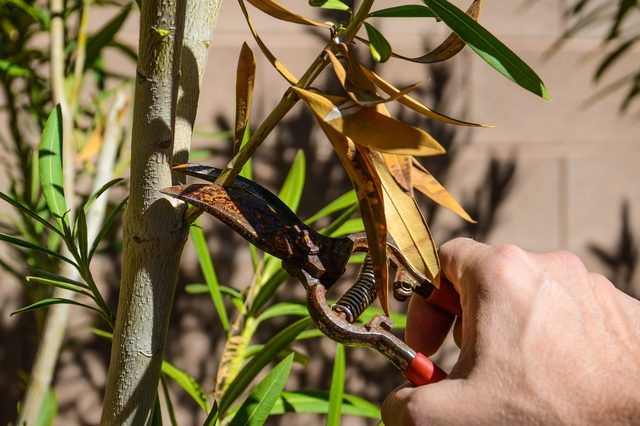Bulbs
Flower Basics
Flower Beds & Specialty Gardens
Flower Garden
Garden Furniture
Garden Gnomes
Garden Seeds
Garden Sheds
Garden Statues
Garden Tools & Supplies
Gardening Basics
Green & Organic
Groundcovers & Vines
Growing Annuals
Growing Basil
Growing Beans
Growing Berries
Growing Blueberries
Growing Cactus
Growing Corn
Growing Cotton
Growing Edibles
Growing Flowers
Growing Garlic
Growing Grapes
Growing Grass
Growing Herbs
Growing Jasmine
Growing Mint
Growing Mushrooms
Orchids
Growing Peanuts
Growing Perennials
Growing Plants
Growing Rosemary
Growing Roses
Growing Strawberries
Growing Sunflowers
Growing Thyme
Growing Tomatoes
Growing Tulips
Growing Vegetables
Herb Basics
Herb Garden
Indoor Growing
Landscaping Basics
Landscaping Patios
Landscaping Plants
Landscaping Shrubs
Landscaping Trees
Landscaping Walks & Pathways
Lawn Basics
Lawn Maintenance
Lawn Mowers
Lawn Ornaments
Lawn Planting
Lawn Tools
Outdoor Growing
Overall Landscape Planning
Pests, Weeds & Problems
Plant Basics
Rock Garden
Rose Garden
Shrubs
Soil
Specialty Gardens
Trees
Vegetable Garden
Yard Maintenance
How to Prune and Care for Oleander Plants
How to Prune and Care for Oleander Plants. Oleander (Nerium oleander) is a hardy evergreen that will survive in a variety of poor soils. Whether pruned to grow as a rounded shrub or trained to grow as a tree, oleanders are a showy plant with their colorful flowers of orange, pink, red, white or yellow. Hardy in U.S. Department of Agriculture plant...
Oleander (Nerium oleander) is a hardy evergreen that will survive in a variety of poor soils. Whether pruned to grow as a rounded shrub or trained to grow as a tree, oleanders are a showy plant with their colorful flowers of orange, pink, red, white or yellow. Hardy in U.S. Department of Agriculture plant hardiness zones 8 through 11, oleanders can grow to 18 feet tall and bloom continuously in those zones. Proper care and pruning will help your oleander produce abundant blooms.

Things You'll Need
Balanced, complete fertilizer (all three numbers the same)
Pruning shears
Gloves
Plastic zip-top bag
Insecticide containing bacillus thuringiensis
Step 1
Water your oleander during drought conditions. Oleanders are drought-resistant, but a watering of 1 to 2 inches a week during dry spells will help your oleander maintain its vigor and produce more flowers.
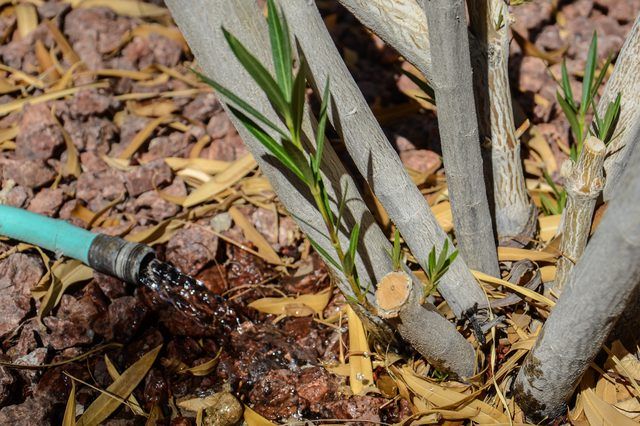
Step 2
Apply an organic fertilizer, once in early spring and again in early fall. Although they don't require fertilizer to grow, most oleanders respond with increased growth and flower production. Use a balanced, controlled-release, granular fertilizer such as 14-14-14. Broadcast 3 tablespoons of fertilizer per four square feet, and water the area well. Wear gloves and protective eyewear whenever using chemicals.
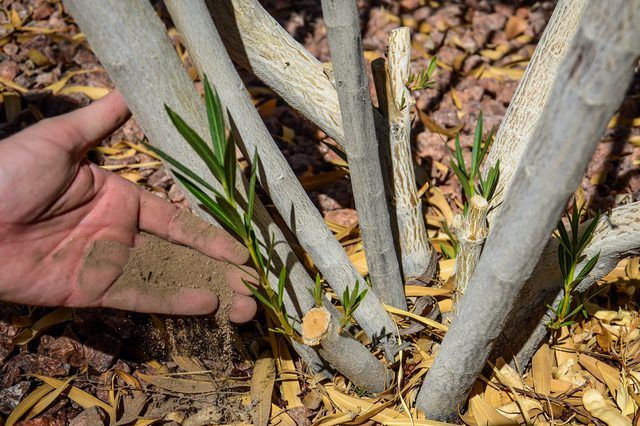
Step 3
Remove suckers from the base of the oleander. Suckers appear as new growth at the very bottom of the trunk and in the ground around the base of the plant. Prune off these suckers as soon as they sprout, because they will take away valuable moisture and nutrients from the main plant. Oleander is toxic, so always wear gloves and eyewear when pruning.
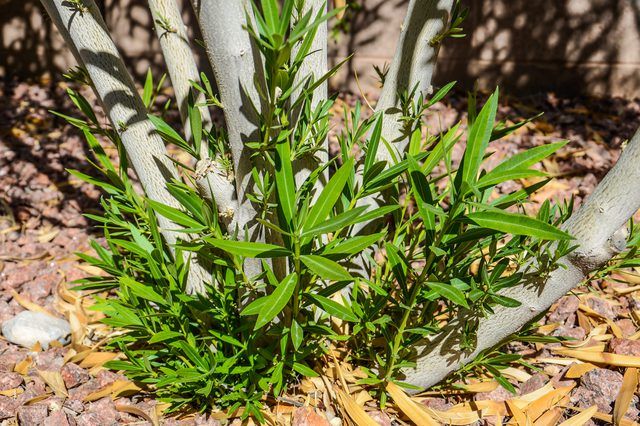
Step 4
Prune oleander in early fall to prepare for spring growth. Remove all dead, damaged or crossing branches. Shape the plant by cutting just above nodes that have three leaves. Wear gloves, long sleeves and protective eyewear, and use oleander's natural shape as a guide when you prune. To prevent the spread of disease, sterilize pruning blades with household disinfectant before and after you prune.
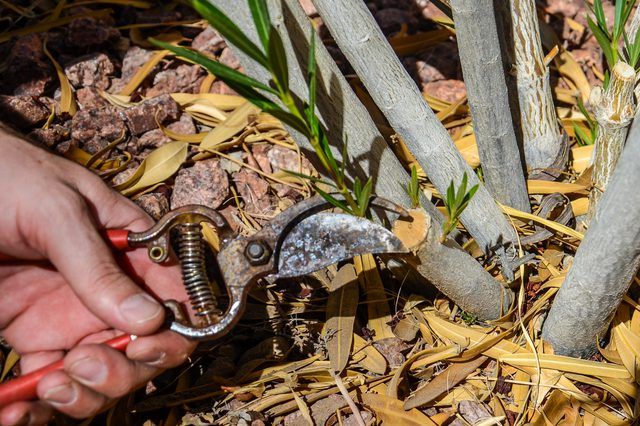
Step 5
Watch for oleander caterpillars; they can decimate your plant within two weeks. Remove affected leaves and stems with the caterpillars, or pick them off with your hands, and put them in a plastic bag. Seal the plastic bag and put it in a freezer for 24 hours to kill the caterpillars. Treat caterpillars on taller oleanders with a ready-to-use bacillus thuringiensis insecticide spray. Wear gloves and protective eyewear, and drench the affected foliage thoroughly when you spray.
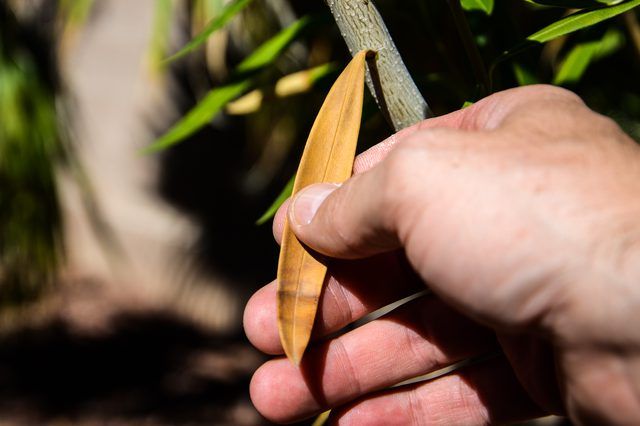
Step 6
Prune off any damaged branches or foliage that turns black or brown, as the oleander is more than likely suffering from the fungal condition Botryosphaeria dieback. Remove all affected sections with sanitized pruning tools, being sure to sanitize after each cut. The disease if caused by prolonged drought conditions or freeze damage. Cut each branch back to a healthy section.
